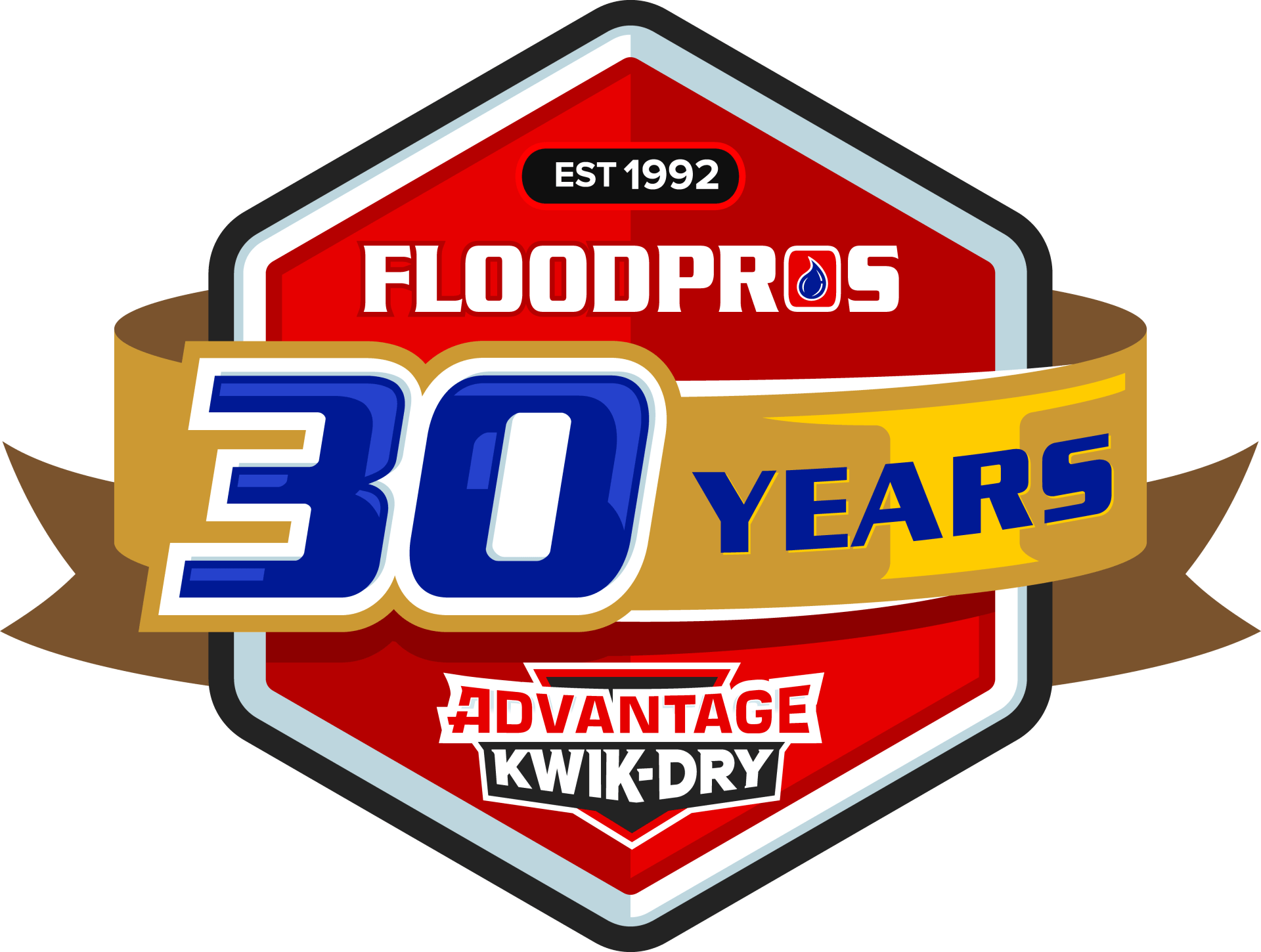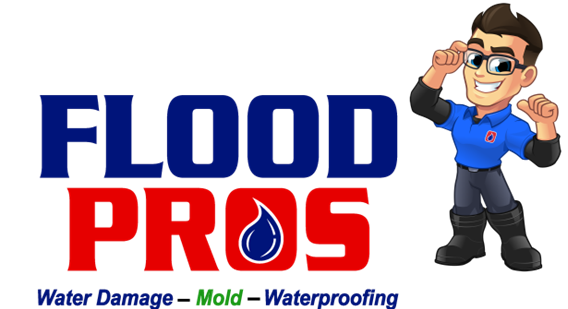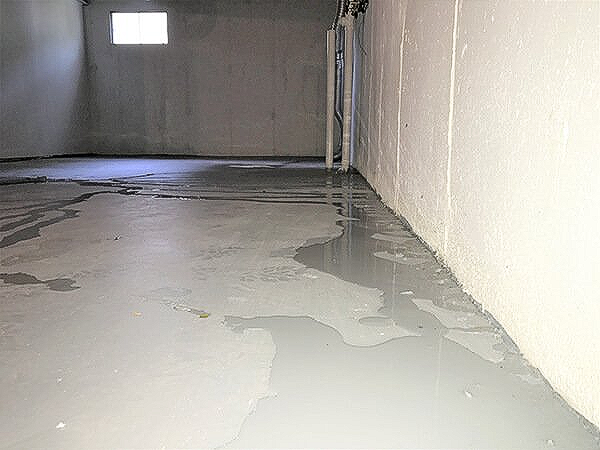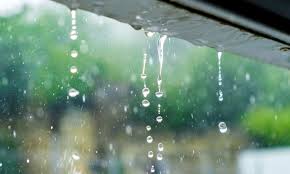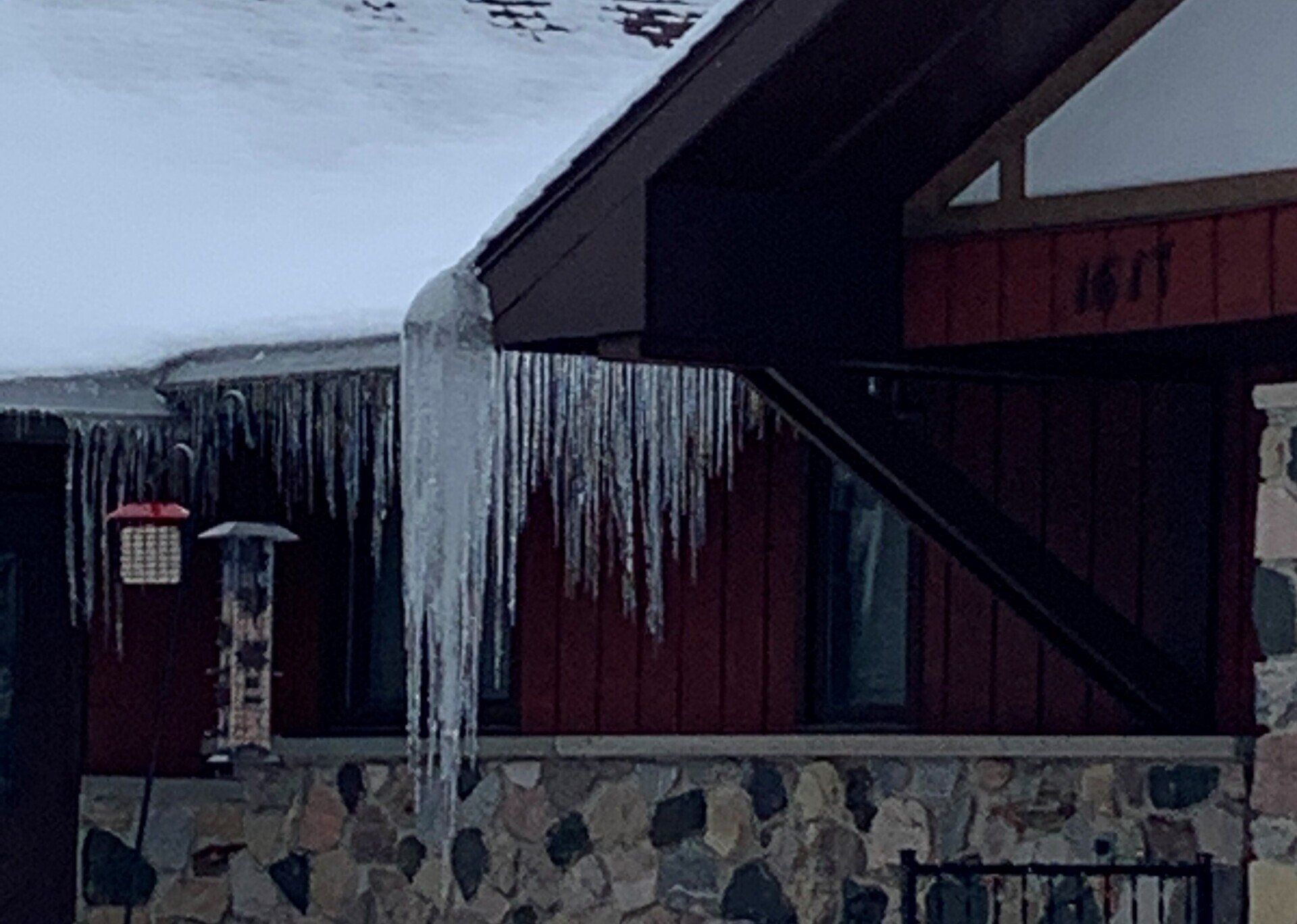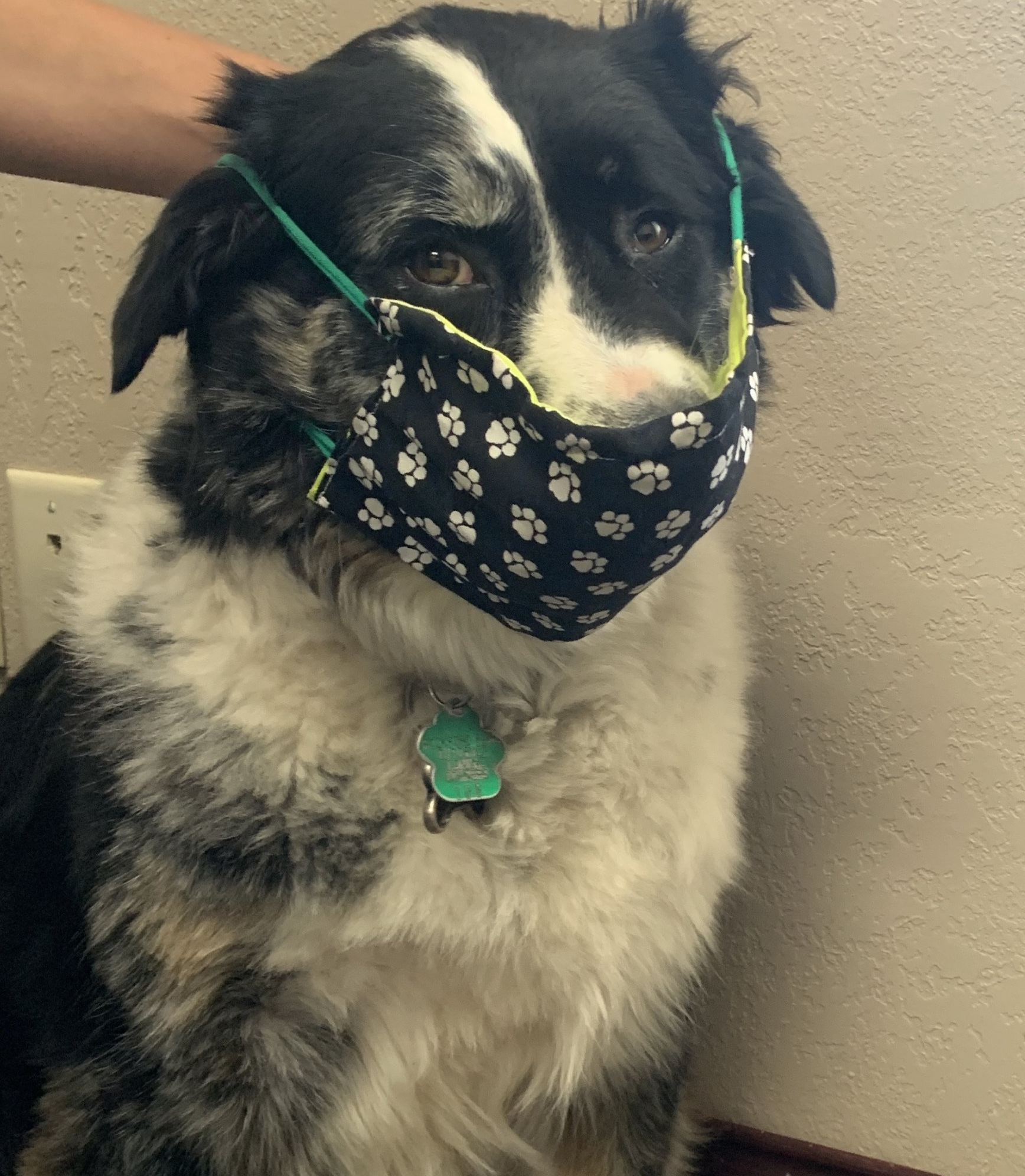Prevent Flood Damage
12 Feb, 2020
Flooding Prevention and Restoration: What Homeowners Need to Know Publishes January 21, 2020 - By Ryan SmithUpdated on January 24th, 2020
https://www.redfin.com/blog/flooding-prevention-and-restoration/?fbclid=IwAR04DSJay-Uy3_B5wtfjCe8ydxwGxV2RUOiavXpluxUUJALv-rQp1ylWbdY
Whether from a torrential rainstorm, heaps of melting snow, or a leaky dishwasher, flooding can cause massive damage in your home. What’s more, clean-up can be extremely time-consuming and expensive, especially without expert advice. That’s why we rounded up flooding prevention and restoration experts from Bend to Atlanta. Read on to see their best tips for protecting your home against flooding and what to do if you’ve already been affected!
Valley Home Inspections:
1. Check all angle stops (shut off valves) at least once a year to make sure they are operational. If you see signs of corrosion, you will want a professional to evaluate. Angle stops are located under all sinks, at the water connections for your toilet (usually behind the toilet) and laundry hose bibs.
2. Check all windows and doors for cracking (including any decorative trim over the window or door), these should be sealed to keep the water out.
3. Take a look at your water heater, do you see dripping or corrosion on a valve? If so, don’t ignore it. We see many water heaters that have been ignored with the water seeping into the areas around it. Addressing early on can save thousands in repairs.
4. Showers and tubs. These are used almost daily. When you see water dripping out a corner, corrosion along the door tracks, or cracks in the surfaces (very common between the tub or shower floor and the surround), take measures to repair immediately. If water gets into these areas it will seep behind the adjacent walls, and given the right environment, it will grow mold.
Highland Home Inspections: Actually, chronic water infiltration is a much more common problem than flooding. Mold usually accompanies moisture issues, so it’s worth addressing. Most water infiltration issues in homes with basements come from a failure to get rainwater moving away from the house. The two biggest contributors to basement moisture problems are grading and roof water. The grading should slope away from the house to move water away from the foundation. Similarly, roof water via the downspouts should be extended to discharge at least six feet away. In 99% of the homes, these two factors will keep the house dry. Don’t immediately react to a wet basement by calling a waterproofing company; those expensive systems are rarely necessary and should only be considered as a last resort. Even if you have a dry basement, consider using a dehumidifier in the summer if you live in an area with high humidity levels.
ProTec Inspection Services: Prevent flooding damage: The best way to prevent flooding or water damage is to maintain good surface drainage around the exterior of the home. Proper water management always starts with the roof and gutters. Once you get water off of the home it is imperative that it be directed away from the foundation. If water is directed toward or collects near the home, it will inevitably find its way inside.
Rebuild after flooding damage: Water damage is a common and fixable issue. However it is imperative to identify and correct the source of moisture before any interior or cosmetic repairs are made. Otherwise they may need to be repeated.
House to Home Inspections: While it is not possible to fully eliminate the possibility of flooding in the home, there are steps that can be taken to help reduce the chances of experiencing a flood or at the very least to minimize the amount of water that could affect the home. Extend the downspouts at least 4-6 feet away from the foundation or into a subsurface drain that runs out to the edge of the property, preferably downhill. Grade the soil to slope away from the foundation, roughly ½” per foot for at least 10 feet. This will help to direct water away from the foundation. Installation of a French drain system can also help to direct surface water away from the foundation. Proper installation of a sump pump either in the basement or in the crawlspace will also help mitigate water intrusion.
Flood repair and restoration work can be very expensive, costing up to tens of thousands of dollars and while not guaranteed to prevent flooding these simple steps will help to minimize water around the house and improve the overall quality and comfort of the home.
Brick Restoration: After home flooding has occurred, it’s often necessary to replace the framing around the bottom course of the home. If that’s needed, or you want to opt for the extra protection anyway, you can choose to have an Ice and Water Shield waterproof membrane installed around your home between the brick and the framing. Those that are safe from high water might still suffer damage from heavy rains. For this, we recommend having the chimney and brick veneer checked yearly for any cracks or holes in the brick and mortar which can lead to water leaks or more serious damage in the long run.
Ocean Breezes Home Inspections: The most important thing you can do is air everything out immediately. Floodwaters bring in mold spores, and with new construction practices things don’t dry out like days of old. If the water got inside, walls will most likely need to be gutted, inside and out. I’ve been called many times for inspections and testing where a remediation company or contractor did not open up the outer walls. The house wrap holds moisture in – thus allowing for mold even when the inner walls were gutted.
Advanced Look Property Inspections: As Advanced Look Property Inspections, LLC is one of Metro Orlando’s Best Home Inspectors, we know one of the most important systems we inspect and talk to our clients about is the plumbing system, because after “Wind”, non-weather related water damage and flooding is the insurance industries number 1 area of claims due to broken pipes or appliances like washing machines, dishwashers or water heaters having an issue.
A little precaution can go a long way when it comes to maintaining your plumbing and appliances but it is well worth it when you think of all the personal items (pictures, papers …) you’re protecting if you keep everything from a water problem in your home. Nowadays with all the “Smart Items” for your home, you can go one step further and install a Water Sensor System in your House. Some just send out a basic notification that there’s a problem at home through an app, (which I don’t recommend). Others can actually turn the water off to prevent any further leaking/flooding in your house. The latter is sure to increase the value of your home and some insurance companies will give you a discount on your Home Owners Policy for having that protection and they all cost less than your deductible. Sounds like a win win to me : ).
DryFast Property Restoration: Add insulation to outside walls that contain pipes. Exterior walls can get much colder than inside walls. If you have plumbing in outside walls, you may want to add an extra layer of insulation to ensure that your pipes are protected. If you see moisture or mold on the interior wall surface, surface cracks or nail pops, or your walls feel cool to the touch, consider reinsulating to add protection.
Home Inspection Headquarters: Water comes from 2 areas, outside or inside. Efficient lot drainage and water removal systems at the exterior of your home is the best way to keep outside water out. Then you want to protect your interior pipes and get your plumbing system evaluated every year by a professional. Do these things and you’re doing it right!
Reliable Basement Services: There is no cookie-cutter, one-size-fits-all approach to waterproofing and flood prevention. The more information and history you can give a professional waterproofing contractor, the better they should be able to design a complete system for your unique home. Everything – gutters, yard drainage, drain tile systems, sump pumps, catch basins, etc. – should be considered. Do not buy into gimmicks and quick-fixes; all waterproofing and flood prevention is a VERY important long-term investment in your home.
First Choice Inspectors: At First Choice Inspectors, LLC, we recommend that all homeowners that have basements or crawl spaces install a drain tile system and sump pump system with a battery backup system which will help to divert water away from the foundation of the house. We also recommend that the grading to the property provide sufficient water runoff so the property is not sitting at the bottom of a hill. After a home floods it’s important to get the pros in and fix the flood damage by installing proper waterproofing materials and make sure that no mold is growing. Proper remediation is very important before restoration!
Flood Pros: Keeping water far away from the house is the best advice we can give. Shut off water when you leave the house more than a day, check and test your sump pumps annually ensuring that the drainage pipe is not frozen or clogged, USE downspout extensions – they work great!
Integrity Restoration: Water damage is a progressive condition. While there is almost no mold problem we can’t later resolve, the best mold problem is none at all. If you act within the first 48 hours of materials becoming wet, mold can almost always be prevented by professional assessment and mechanical structural drying (meaning dehumidification, air movement and air filtration for your protection). My best advice is to call a reputable certified professional as soon as you realize that water damage has occurred.
Common Sense Inspections: Proper Drying is Important: What is most important is how fast and how well the flooded areas are dried. If there was a fire you would not let it put itself out. With moisture you must not let it dry itself out. Many times a person will think that moisture was removed, when in fact enough moisture was left behind to allow mold to start growing. If a minor amount of moisture is lingering inside the wall cavities, behind the baseboards, in the carpet, or under the carpet padding it will likely be weeks before it all dries up, by that time the mold starts forming as visible sports on your walls. Many mold remediators and carpet cleaning companies will focus efforts on drying the room that flooded and neglect nearby rooms where water flowed hidden inside wall cavities and under carpet or even tile.
Sacramento Home Inspections: A quick online search will show a wide array of enterprising flood prevention techniques and equipment in action, but the reality is most people are not so proactive or enterprising when it comes to flood prevention. This is one of the reasons why U.S. homeowners who have a mortgage and who live in a “special flood hazard area,” are required to buy flood insurance; whereas if the property is in a moderate-to-low-risk area federal law does not require flood insurance. It is highly recommended, however, because historically about one-in-four flood claims come from these ‘moderate-to-low-risk’ areas. That is worth thinking about, especially when considering the devastating impact a flood will have on a residential building and therefore one’s bank account.
Yellow Hat Inspections: Shingles, Tiles, and Openings are Paths to Intrusion over Time, (STOPIT). We need to stop water intrusion before it becomes a flood! Over time, a small leak can do as much damage as a catastrophic flood so remember STOPIT! Shingles, Tiles, and Openings are Paths to Intrusion over Time, (STOPIT) and we need to stop it before it starts! Water is a devious opponent. We need it but in the right place. Water intrusion through roof shingles or tiles can create paths into our homes. The invasion is often only visible some distance from where it started. You might have a musty smell or a small stain on a wall or ceiling which may indicate a significant problem. You need to pay attention to these little clues!
Craftsman Home Inspections: Floods aren’t always due to actual flooding from Mother Nature or weather. Many home floods come from very preventable sources. At Craftsman Home Inspections LLC in Colorado, we suggest being proactive by self inspecting your water heater on a regular basis – at least every 3 months. Simply look for signs of rust, water-related damage or active leaks, even very slow ones. Look at the TPR valve, and follow the discharge tube. If the discharge tube is warm towards the bottom and it’s wet at the end of the tube/pipe then you should have the TPR valve and water heater serviced by a professional plumber. If rusting is present on the exterior of the water heater, then you should have it serviced to prevent a future leak and the inevitable water damage. Many floods in-home begin at the water heater.
Another way that a homeowner can be proactive in preventing water-related damage is to have a certified or licensed home inspector perform a sewer inspection before you purchase your home. In a professional sewer inspection, the inspector will be able to locate root intrusion (blockage), low spots, or damage and suggest repairs. This can be a big help to protect the home from future backups and flooding. This also allows you to negotiate repairs before you own the home. A professional Home Inspector will also look for signs of past flooding in basements or crawlspaces like stains on base trim or drywall repairs low on the walls.
Armchair Builder: Probably the best way to avoid major flood damage is to detect the water prior to the damage occurring. A simple, ten dollar water alarm placed near the basement sump crock will alert owners with a high pitched sound when water breaches the top of the sump crock and reaches the floor. So if the sump pump stops working or is overwhelmed by large amounts of groundwater, the alarm will notify the occupants that action must be taken immediately to avoid damage to furnaces, water heaters, and owner possessions. And probably the best part about these water alarms…there is absolutely no effort required for installation. Just put the battery in and set the unit on the floor.
Signet Home Inspections: When inspecting a house for potential homebuyers, unless there is an access panel (and there usually is not), most home inspectors will not fill a bathtub to check the overflow for leaks due to it being hidden from view and the possible damage it may cause should it leak. Because of this unseen flooding potential, it may be prudent for the homebuyer to have the seller confirm serviceability by either filling the tub to the overflow level to be sure it does not leak (which can cause damage if it does) or calling a professional plumber to remove and inspect the overflow tube and its rubber gasket which can begin to deteriorate after approximately 10 years. Of course, if you already own the home, the same precaution applies to you the owner.
Timberline Inspections: Central Alabama is always prone to flooding issues regardless of whether the structure rests in a flood zone since we see an average of 54 inches of rain annually, so we have had our share of experience with it. The absolute first thing that needs to be done is the exterior drainage controlled and the source of the moisture eliminated. Even with excess rains, this can typically be solved using a combination of gutters, swales, and landscaping. Every 1000sqf of roof space with 1 inch of rainfall deposits an estimated 600 gallons of water directly next to your home and foundation. Before any repairs start you need to dry the interior once the water is controlled to ensure mold does not set in. Fungal growth will typically start in less than 48 hours so dehumidifiers and air movement are absolutely essential.
Adams Home Inspection:
Ensure your water heater has a drain pan piped outside to the exterior of your home.
Inspect your supply line fittings on your water heater every 90 days for corrosion and replace as necessary.
Have a secondary drain pan installed under your HVAC system with a float switch to shut your HVAC system down if a leak should occur.
Have your HVAC system serviced every 6 mos by a licensed HVAC technician and ensure their services include cleaning and flushing the condensate drain line.
Inspect your commode refill device every 60 days by removing the commode tank top and flushing the commode, if the refill device leaks replace the refill device.
Have your roof jacks and flashing inspected annually by a reputable roofing contractor for wear/damage.
Inspect your exterior caulking annually at all penetrations through the siding such as windows, doors, hose bibs, etc. Re-caulk as necessary.
Make sure to install gutter extenders on your gutter downspouts to terminate at least 5’ from your home and keep gutters clean of debris.
Once a year after a major storm walk the perimeter of your home to ensure all the water flows away from the home and no restrictions at fencing from leaves and debris exist to allow the stormwater to run under the fencing
Disaster Doctors: One of the most common types of water damage is due to appliance failure. It’s important to check your water-based appliances regularly. Disaster Doctors recommend updating any plastic fittings to metal, as plastic fittings tend to crack and will start to drip water. If that happens in your refrigerator, you may not realize it until a massive amount of water has already caused thousands of dollars of damage. A few dollars in metal fittings and a weekend are a lot cheaper than a 10K mitigation bill, or a claim on your homeowner’s insurance.
Kavin Construction: After a flood: Immediately contact your insurance carrier and request authorization for emergency remediation from a company such as ServPro. The service company will vacuum out water, remove damaged surfaces, and set up heaters and fans. This will minimize the possibility of mold development. If demolition is to occur, also get authorization for asbestos testing prior to demolition, as the fines are considerable if asbestos becomes airborne. Find at least one qualified licensed contractor and obtain a bid to restore the residence. Do not settle on the insurance company’s assessment of costs until you have a proposal from your contractor that will cover the work needed. Typically the Homeowner and/or Contractor will need to negotiate a settlement with the insurance company that will complete the repairs.
Xpress Restoration: In order to prevent water damages in your home, Xpress Restoration Inc. suggests that you annually check your pressure regulator and visible plumbing fixture (angle stops & supply lines). If you see any calcium build-up, corrosion or that these items are old, don’t think about it twice have them replaced. Keeping these old plumbing fixtures up to date will save any homeowner the hassle of experiencing a flood in their home. If you any property owner has water damages to their home, not to worry, the first thing they should do is call their local restoration profession (Xpress Restoration Inc.) to immediately assess and mitigate further damages, after things are under control, Xpress Restoration Inc. will help the customers with their insurance process, report the claim (if needed) and walk the property owners through the process.
Professional Home Inspections: As a home inspector, the majority of water infiltration into homes that I come across is in direct relation to grading deficiencies on the exterior of the structure. The grading (the soil’s relation to the structure) should slope away from the home with a six-inch drop in elevation, in the first 10 feet away from the home. This equates to a 5% grade, which allows rainwater to be carried away from the structure. When this minimum 5% grade is not present, rainfall events will saturate the soil in contact with masonry foundation walls, and once the walls themselves reach saturation point, water infiltration into basements or areas below grade can and most likely will occur. A landscaping or grading contractor can typically make inexpensive repairs to correct this grading, properly managing rainwater.
Semper Fi Home Inspections: In my years of experience performing home inspections, here are four things that can flood your house or cause water damage that you should have checked: 1. Ground sloping toward your house (make it slope and drain away from your house)
2. Roof damage or leaks (have your roof inspected at least annually and repaired as needed)
3. Plumbing leaks (fix any leaks promptly – running toilets, under sink drain leaks, etc.)
4. Air Conditioning condensate drains and pans can leak and damage ceilings or flood the floor (have your HVAC technician check and clean your condensate drain system during annual cooling and heating tune-up)
Excel Inspections: The main culprit of flooding for a homeowner is washer drain lines and hoses. The washers inside the hose lines can crack and dry out over time. We recommend always checking and replacing them periodically.
Share on facebook
Share on twitter
Share on linkedin
Share on pinterest
Ryan Smith
Ryan is on the marketing team at Redfin and loves writing data-driven articles about all things real estate. Ryan's dream home would be a Cape Cod-style house near the ocean and the mountains.
Email Ryan
← Older Post

Written by Rebecca Edwards | Updated January 28, 2020 Ref By: https://www.safewise.com/blog/safety-guide-winter/ Tips To Keep Your Home Safe this Holiday Season! 1. Winterize Your Pipes: Use foam, heating cables, or pipe sleeves to ensure pipes stay warm enough, and seal any cracks in your home’s exterior. During the winter, outside water can freeze and burst exterior pipes. Take precautions to prevent frozen pipes by disconnecting all garden hoses and draining any water left in outdoor spigots. If you have an automatic sprinkler system, drain it as well. If temperatures will drop below freezing overnight, leave exterior faucets trickling to avoid the pressure buildup that causes burst pipes. You can also avoid frozen and burst pipes inside your house by insulating your home and pipes. 2. Inspect Your Roof: Before the first snowfall, check your roof for damaged, loose, or missing shingles that may leak when snow melts or during severe storms. Make sure seals around chimneys and vent stacks are intact as well. If they aren’t, you can make repairs yourself or hire a handyman. Regularly clear your roof of snow this season. And remove all leaves, pine needles, and other roof debris as these can hold moisture and rot during winter weather if left unattended. As the temperatures drop this season, it’s also smart to double-check your homeowners insurance coverage regarding roof repair, water damage, and other risks associated with bad weather. 3. Prepare for Power Outages: Heavy snow and ice can take down power lines and leave you in the cold and dark. To prepare for power outages, invest in a two-way radio for news concerning the power outage—look for one that uses solar power, batteries, or a hand crank. A hand-crank or solar-powered cellphone charger can keep you in touch with family, friends, and neighbors until the storm passes. You’ll also want to invest in a generator, alongside flashlights, lanterns, and extra batteries. In addition to these gadgets, keep warm clothing, blankets, non-perishable food, and bottled water in an emergency kit for bad weather emergencies. 4. Prevent Icicles and Dams: Icicles look enchanting, but they present risk of injury and ice dams—which damage the outside of your home and cause meltwater to get inside. Ice dams occur when there are air leaks in your home or inadequate insulation in your attic. Consider asking a professional to identify and correct these potential problems before it’s too late. Another preventative measure is to opt for roof heating cables. If you already have icicles on your home, there’s no need to be a hero. Hiring a professional to remove them is the safest route. If you do attempt DIY removal, wear a hardhat and safety glasses, and always warn children to avoid icicles. 5. Keep Your Driveways and Walkways Clear: During winter weather conditions, remove snow and ice from sidewalks and driveways. Prepare for snow by stocking up on snow shovels and giving your snow blower or plow a tune-up. After it snows, immediately plow or shovel all trafficked areas. If you go the shoveling route, invest in an ergonomic handle, lift with your legs (not your back), and push snow rather than lift it. Take frequent breaks away from the wind chill to let your body warm up and your muscles relax. Follow up with ice melt or rock salt on steps and walkways to prevent ice buildup. Always wear protective clothing like gloves and hats to prevent frostbite. 6. Fight Germs: Illnesses thrive in winter months, and being cooped up inside makes everyone more susceptible to viruses and bacteria. Keep your family safe by going on the offense against germs and letting in fresh air whenever possible. Keep your house a little cooler so the environment is less friendly for viruses—drop the thermostat by five degrees and use a humidifier. Make sure everyone in your household, washes their hands frequently with antibacterial soap, and regularly changes their toothbrushes.
